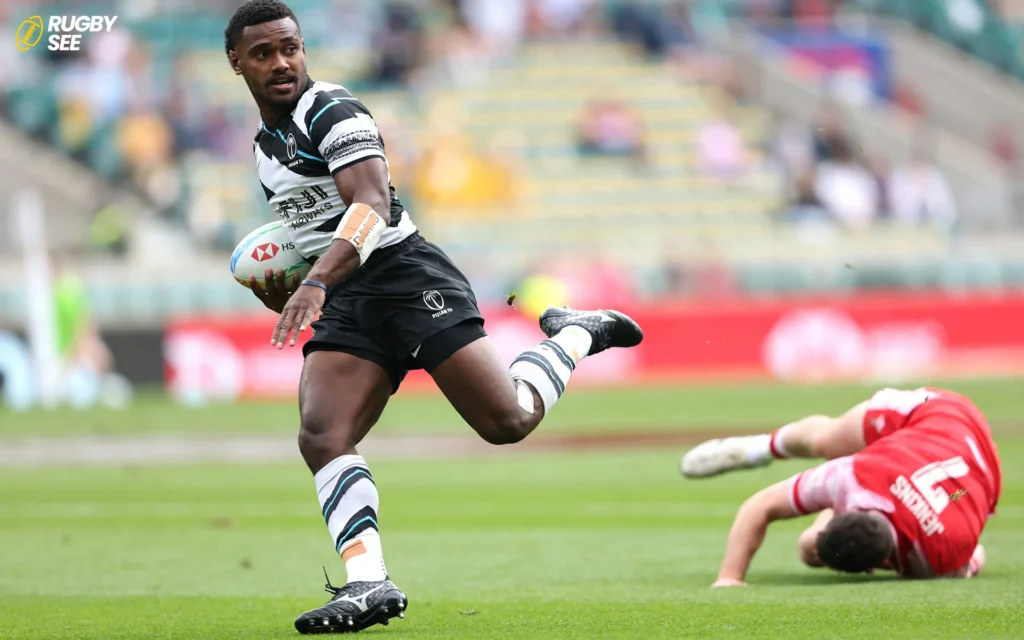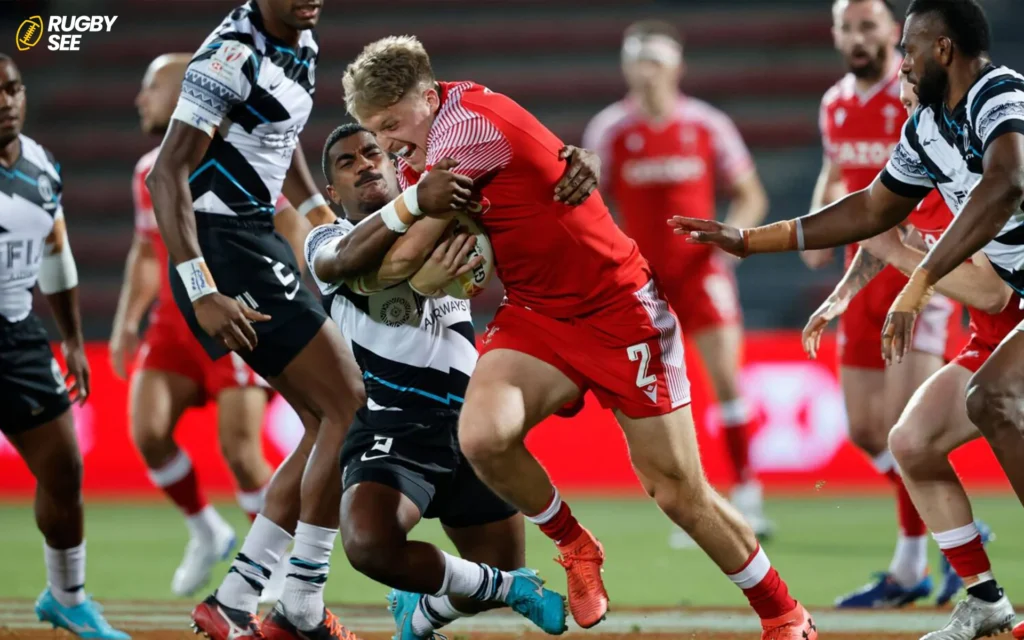Rugby, a sport known for its high intensity and physical contact, demands not only skill and strategy but also a significant amount of protection for its players. Among the various protective gear, one peculiar item often catches the eye: the tape that players wear on their ears. This article delves into the world of rugby ear tape, exploring its purpose, types, and benefits, aiming to provide comprehensive insight into why and how it is used in the game.
The Purpose of Ear Tape in Rugby
Rugby players are frequently seen with their ears wrapped in tape during matches, a sight that has intrigued many fans and spectators. The primary reason for this practice is to prevent an injury known as “cauliflower ear.” This condition occurs when the ear receives a blow or repeated impacts, leading to a blood clot or fluid build-up under the skin. If not treated properly, this can cause the ear’s cartilage to die and the skin to fold in on itself, creating a lumpy texture resembling a cauliflower.
Types of Tape Used
When it comes to protecting the ears, not just any tape will do. Rugby players typically use two main types of tape for their ears:
- Zinc Oxide Tape: This is a rigid, non-stretch tape that adheres well to the skin, providing a firm hold. Its main advantage is its ability to stay in place during the vigorous activity of a rugby match. It’s also breathable, which helps to prevent moisture buildup under the tape.
- Elastic Adhesive Bandage (EAB): EAB is more flexible than zinc oxide tape, offering a balance between support and mobility. It is often used over the top of zinc oxide tape for additional security and comfort. This type of tape conforms to the shape of the ear more easily, reducing the risk of it coming loose during play.

How to Tape Rugby Ears
Taping ears for rugby is a skill that requires practice. The process generally involves covering the ear with a protective layer of padding (such as foam) before applying the tape. This padding helps absorb impacts, further reducing the risk of cauliflower ear. The tape is then applied in a specific pattern that covers the ear securely while still allowing the player to hear.
Benefits Beyond Protection
While the primary function of ear tape in rugby is protective, there are additional benefits to this practice:
- Identification: Teams sometimes use colored tape that matches their uniforms, helping players to be more easily identified on the field.
- Team Unity: Sporting the same style or color of ear tape can promote a sense of unity and team spirit among players.
- Confidence: Knowing they are better protected against injuries, players might play with greater confidence and aggression.
The Science Behind Ear Protection in Rugby
The significance of ear protection in rugby goes beyond the immediate prevention of injuries like cauliflower ear. The science behind the development and use of protective ear tape is rooted in understanding the forces at play during a rugby match. Collisions and scrums exert considerable pressure on the body, including the ears. By using specialized tapes, players can mitigate the risk of trauma that leads to long-term damage and if you want to know about American Football read When was American football invented.
The Evolution of Ear Tape Technology
As sports science and materials technology have advanced, so too has the technology behind ear tape. Modern tapes are designed with adhesives that can withstand extreme conditions, including sweat, mud, and the relentless grip of an opponent. Manufacturers are continually researching materials that can offer even better protection and comfort for players. This includes exploring options for tapes that are easier to apply and remove, while still providing the necessary level of adherence and support during the game.

Application Techniques for Optimal Protection
The technique for applying tape is just as important as the tape itself. Proper application ensures that the tape stays in place throughout the game and provides the maximum level of protection. Here are a few tips for effective ear taping:
- Clean and dry the skin: Before applying tape, ensure that the ear and surrounding area are clean and completely dry. This helps the tape stick better.
- Apply a base layer: A thin layer of foam or similar protective padding over the ear can provide extra cushioning. This is especially useful for players who are particularly susceptible to ear injuries.
- Overlap the tape: When wrapping the ear, overlap each layer of tape slightly. This technique ensures comprehensive coverage and prevents gaps where an impact could directly hit the ear.
- Check for comfort: While the tape needs to be tight enough to protect the ear, it should not be so tight that it causes discomfort or interferes with blood circulation.
The Role of Rugby Organizations in Promoting Safety
Rugby organizations worldwide play a crucial role in promoting the safety and well-being of players. Many organizations have implemented guidelines and rules regarding protective gear, including ear tape. They also invest in education for players, coaches, and medical staff about the importance of injury prevention and the correct use of protective equipment.
Engaging with the Rugby Community
The use of ear tape is a topic of interest not only for current players but also for fans, aspiring athletes, and sports health professionals. Engaging with the rugby community through forums, social media, and sporting events can provide deeper insights into the latest trends and innovations in protective gear. Sharing experiences and advice on the best taping practices can help spread awareness and improve safety standards across all levels of play.

The use of tape on the ears in rugby is a critical aspect of the sport’s safety measures. It serves not only to protect players from the painful and disfiguring cauliflower ear but also to enhance team identity and player confidence on the field. As the sport continues to evolve, so too do the techniques and materials used for protection, ensuring that rugby players can continue to enjoy the game they love with reduced risk of injury and if you want to know about Rugby Field read Does Rugby Have Field Goals? Understanding Rugby Scoring.
In understanding the significance of this seemingly simple piece of protective gear, fans and aspiring players can appreciate the depth of thought and care that goes into ensuring the well-being of rugby players. Whether you’re a seasoned player or a newcomer to the sport, remembering the importance of ear protection is essential for anyone looking to embrace the game of rugby.










